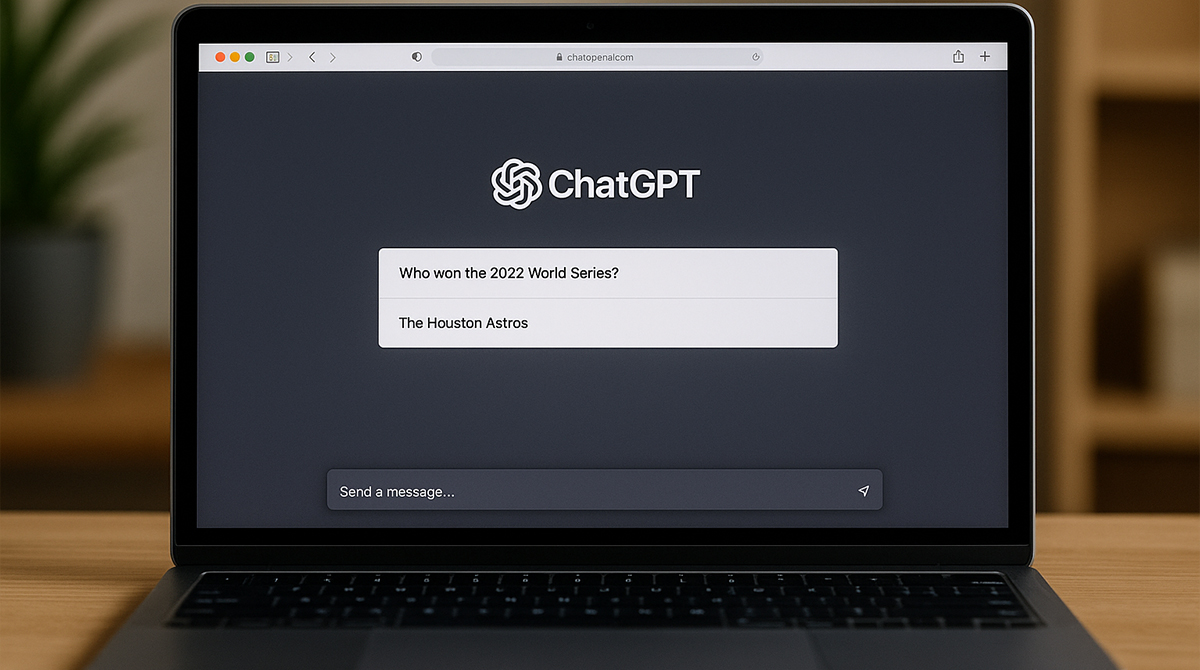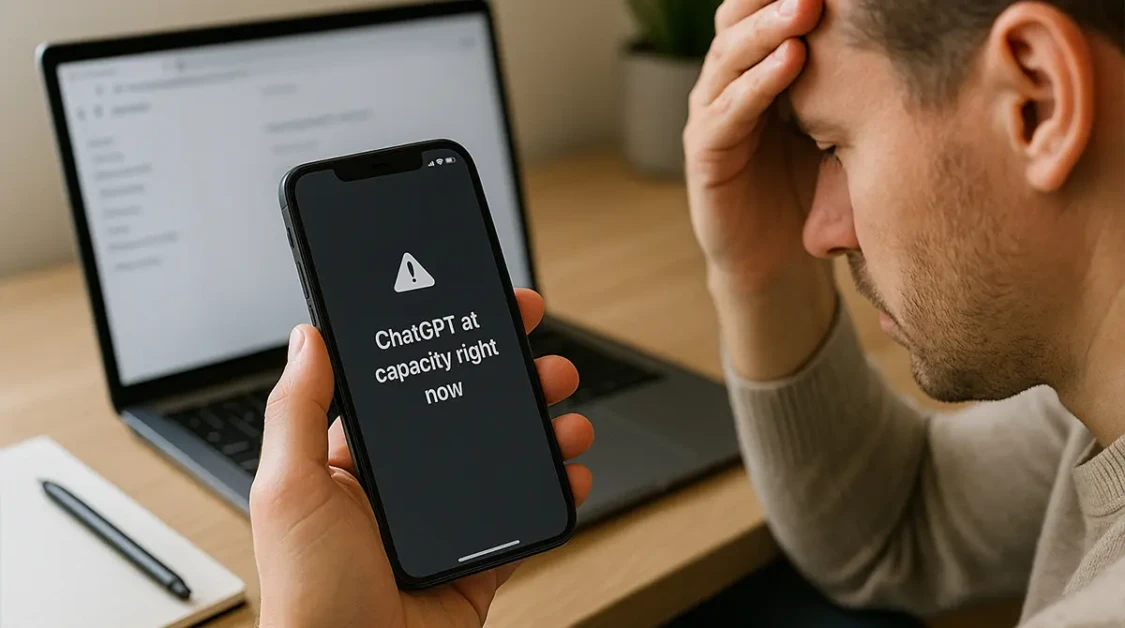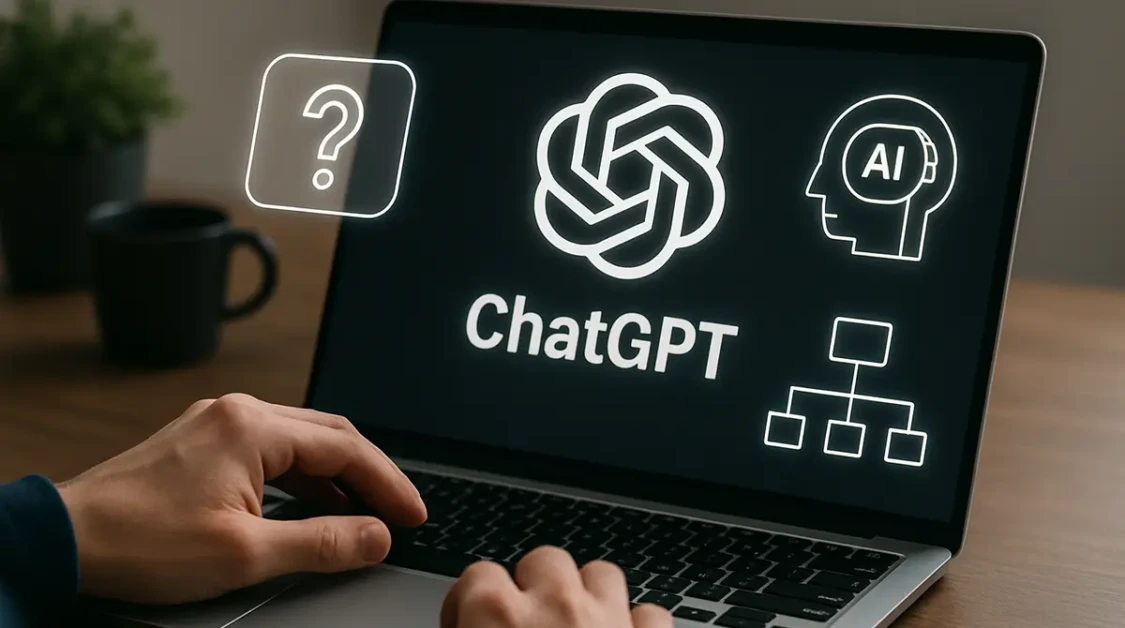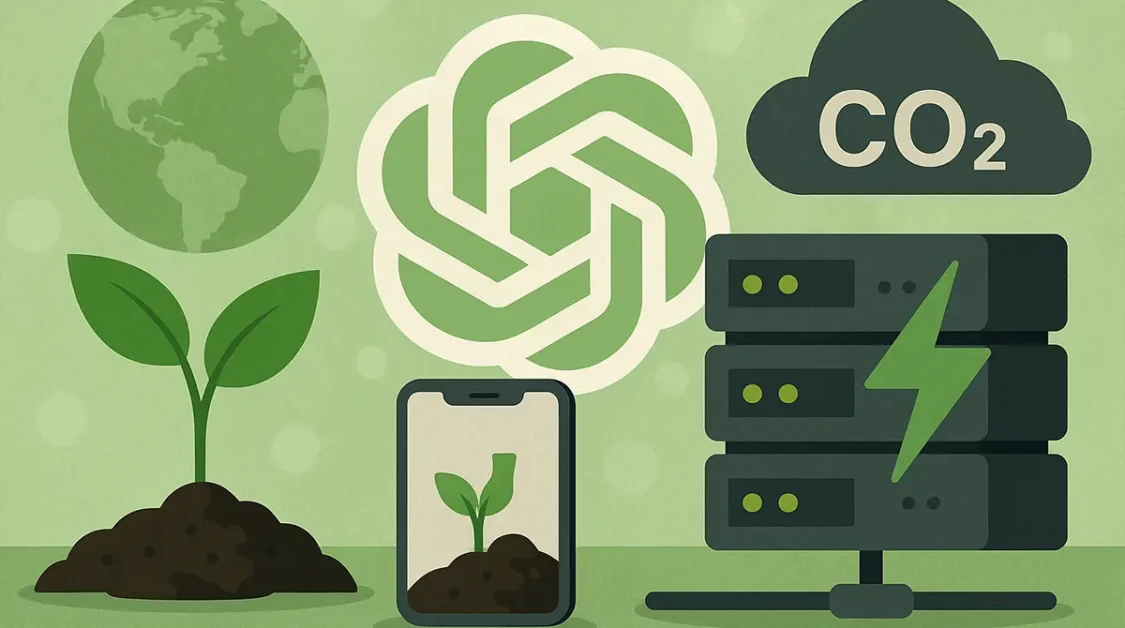ChatGPT has shifted from hype to daily workflow for millions, yet many users still treat it like a fancier Google. This guide demystifies what ChatGPT is, how to use ChatGPT effectively, popular ChatGPT use cases, key solutions to ChatGPT troubleshooting, and even the best ChatGPT alternatives so you can decide exactly where—and how—to plug generative AI into your life and work.
What is ChatGPT and Why It Matters?
OpenAI’s ChatGPT is a conversational transformer model trained on a massive corpus of text. Unlike rule-based bots, it predicts the next token in a sequence, producing human-like answers in real time. Because it was fine-tuned with reinforcement learning from human feedback, its replies are context-aware and stylistically flexible.
That translates to an AI that drafts code, brainstorms marketing angles, tutors math, rewrites legal clauses, and even role-plays a medieval tavern owner—all in the same window. The underlying model (GPT-3.5 for free, GPT-4 for Plus) supports plug-ins, internet browsing, and vision in the paid tier.
Core Features That Make ChatGPT Powerful
| Feature | Free Tier | ChatGPT Plus | Pro Tip |
|---|---|---|---|
| Context Memory (8k/32k tokens) | 8k | 32k | Keep long projects in one chat to leverage memory |
| Plugins & Browsing | No | Yes | Start with “Access the web to…” for live data |
| Code Interpreter | No | Yes | Upload CSV and ask for Python analysis |
| Vision | No | Yes | Attach screenshots for UI design feedback |
| GPTs (Custom Assistants) | Limited | Full builder | Create domain experts for repeatable tasks |
How to Use ChatGPT Effectively: Prompt, Context, Iteration
Getting impressive output starts before you even type. An effective workflow layers context, role-play, expectations, and refinement.
- Start with persona and goal: Teach the model who it is and what it should produce: “You’re an enterprise SaaS copywriter tasked with cold emails under 80 words. Tone: playful, data-backed.”
- Concrete guardrails: Specify length, style, banned phrases, or formatting rules like bulleted steps.
- Chain smaller prompts: Break complex tasks (whitepaper) into sections (outline → section draft → proofread).
- Provide exemplars: Paste two or three samples of perfect outputs before asking for a new piece.
- Iterate with feedback: Ask for three variants, select the closest, then request refinements focusing on tone or structure.
Professional power users often keep a “megaprompt Notebook” where they store proven templates that combine all the elements above.
Popular ChatGPT Use Cases Across Industries
- Sales Enablement: Auto-generate personalized cold outreach using enriched LinkedIn feeds.
- Learning & HR: Turn dense policy pdfs into micro-learning quizzes.
- Product Marketing: Translate technical release notes into benefit-laden landing pages.
- Legal Teams: Draft term sheets then compare against precedent for risk flags.
- Content Creators: Script short-form videos optimized for YouTube’s algorithmic hooks.
- Data Analysts: Generate SQL queries from plain-English questions and debug failing joins.
Vertical Case Stories in 2024
- Bella the Budgie: An indie author used ChatGPT to outline a cozy mystery series and saw pre-orders triple thanks to SEO-aware chapter summaries.
- Leo the African Grey: A seed-fund founder fine-tuned a custom GPT for pitch-deck red-teaming, cutting investor Q&A follow-up emails by 70%.
- FinOpsStartupX: Replaced three junior analysts by combining ChatGPT with SQL snapshots, saving 110 engineering hours monthly.
Each success hinges on tight iterative feedback loops rather than one-shot prompting.
ChatGPT Vs Competitors: The 2024 Landscape
| Model | Key Strength | Weak Point | When to Switch |
|---|---|---|---|
| ChatGPT (GPT-4 Turbo) | Plugin ecosystem, large community | Rate-limits, knowledge cutoff | General versatility, prototyping |
| Claude 3 Opus (Anthropic) | Massive 200k context, safer responses | No browsing, smaller market share | Long-form research, sensitive content |
| Gemini Advanced (Google) | Real-time web access & Search integration | Over-zealous moderation | SEO audits, up-to-date facts |
| Mistral Large | Open-weights, local deploy | No native plugins, smaller API docs | Data residency & privacy mandates |
Your choice often boils down to context length and privacy priorities. An enterprise legal team using private documents may favor Claude, while e-commerce SEO specialists lean on Gemini’s live SERP data.
Best ChatGPT Alternatives (Free & Paid)
- Claude.ai (Anthropic): 200k context, generous free tier, excels at reasoning through long text.
- Perplexity.ai: Search-centric LLM that cites URLs in real time, great for research summaries.
- Bing Chat (Copilot): Free GPT-4 via Edge browser, integrates DALL·E 3 image generation.
- HuggingChat: Open-source flavor with 30+ local models, minimal telemetry.
- Chaindesk: Build custom knowledge-base bots trained on your PDFs without code.
- MindStudio: Drag-and-drop multi-model chains, combining ChatGPT plus Stable Diffusion outputs.
Whenever evaluating, run the same task across three tools and score each on latency, factual recall, and brand-voice alignment.
Troubleshooting & Common Issues Quick-Fix Guide
- Output drifts off-topic: Reduce the prompt complexity and re-state guardrails at each turn.
- Infinite loops or repetition: Use the “Regenerate” button or append “answer uniquely without repeating previous text.”
- Token limit truncates code: Use mid-message breaks like “continue the rest starting with line 87” or upgrade to Plus for 32k context.
- Hallucinated facts: Ask for sources directly, then cross-check with browsing or external search engines.
- Privacy concerns: Toggle off chat history in Settings > Data Controls; opt for local models when necessary.
Action Plan to Get the Best Results Today
Step one: Open a new chat and paste this prompt.
“You are an expert prompt engineer. Based on my need to [insert exact goal], give me a gap analysis of my current workflow, then provide a 3-week structured plan with daily 15-minute tasks to integrate ChatGPT. Output in Markdown.”
In the second week, fork into Claude for long documents and Gemini for SEO audits. Record time saved, mistakes corrected, and creative wins—all metrics that prove ROI to your team.
Done consistently, the average knowledge worker reallocates 60–90 minutes daily from drudge work to high-impact decisions. That is the true unlock behind the flash of generative AI.



